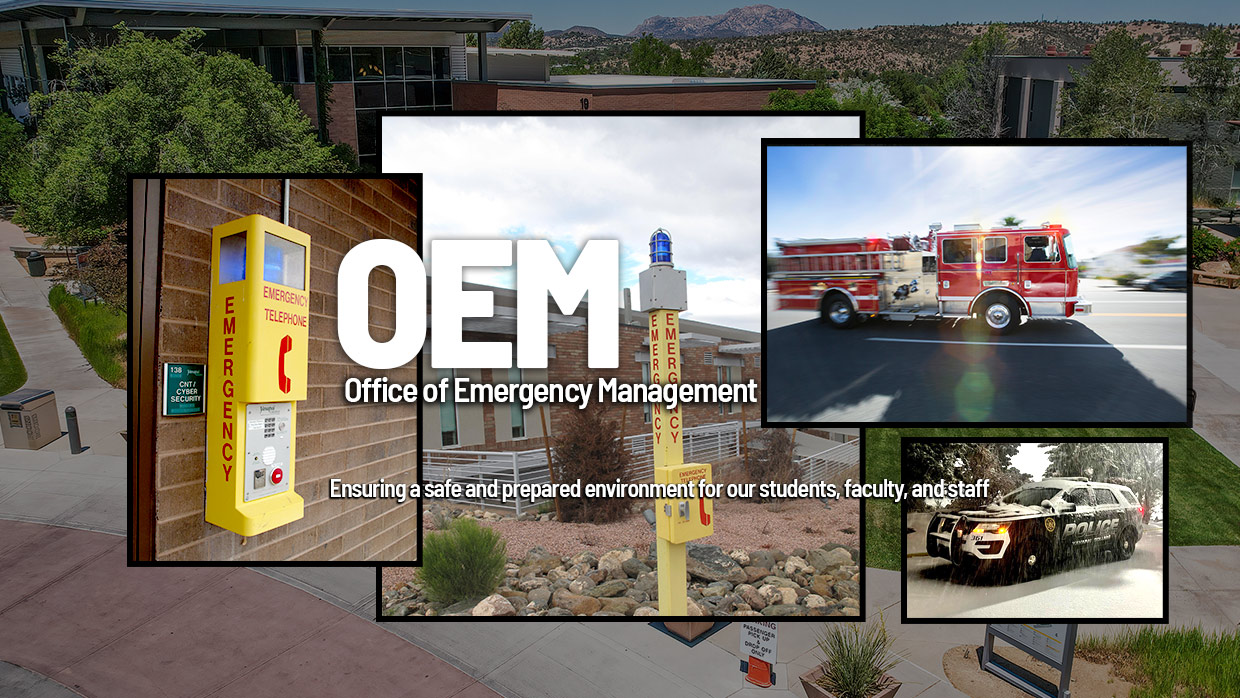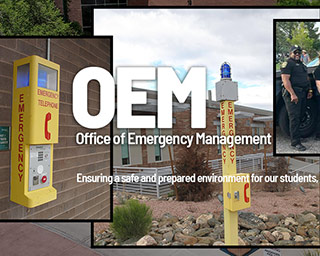Emergency Management at Yavapai College understands the critical nature of ensuring a safe and prepared environment for our people.
In 2023 the Office of Emergency Management (OEM) was created to serve as a vital part of campus operations and coordinates a variety of institutional programs.
These programs include but not limited to: Yavapai College emergency plans, complex events and incidents, and preparedness and mitigation efforts. Yavapai College Office of Emergency Management (OEM) takes pride in finding innovative ways to keep our community safe.
- Prescott Campus
- AED Locations Prescott pdf
- Blue-Light phones - Prescott pdf
- Verde Valley Campus
- AED Locations Verde pdf
- Blue-Light phones - Verde pdf

